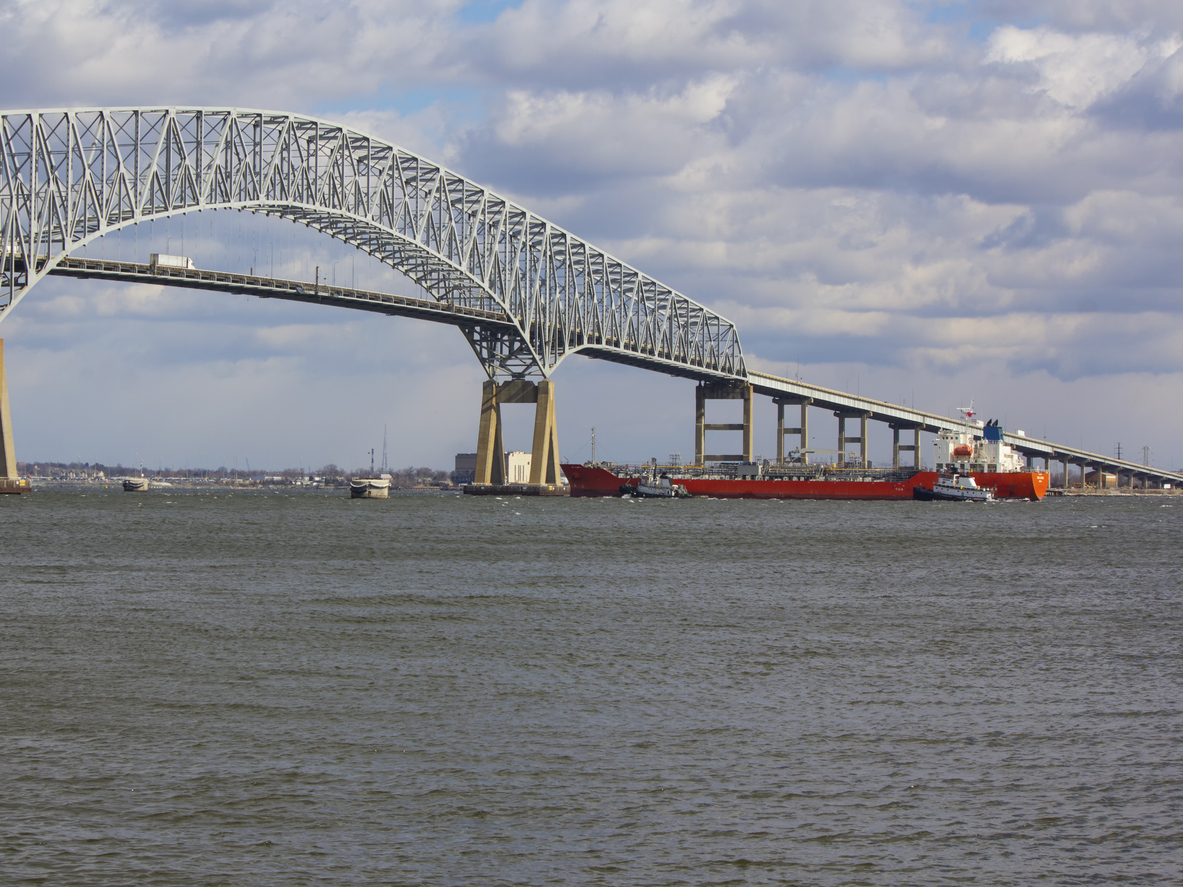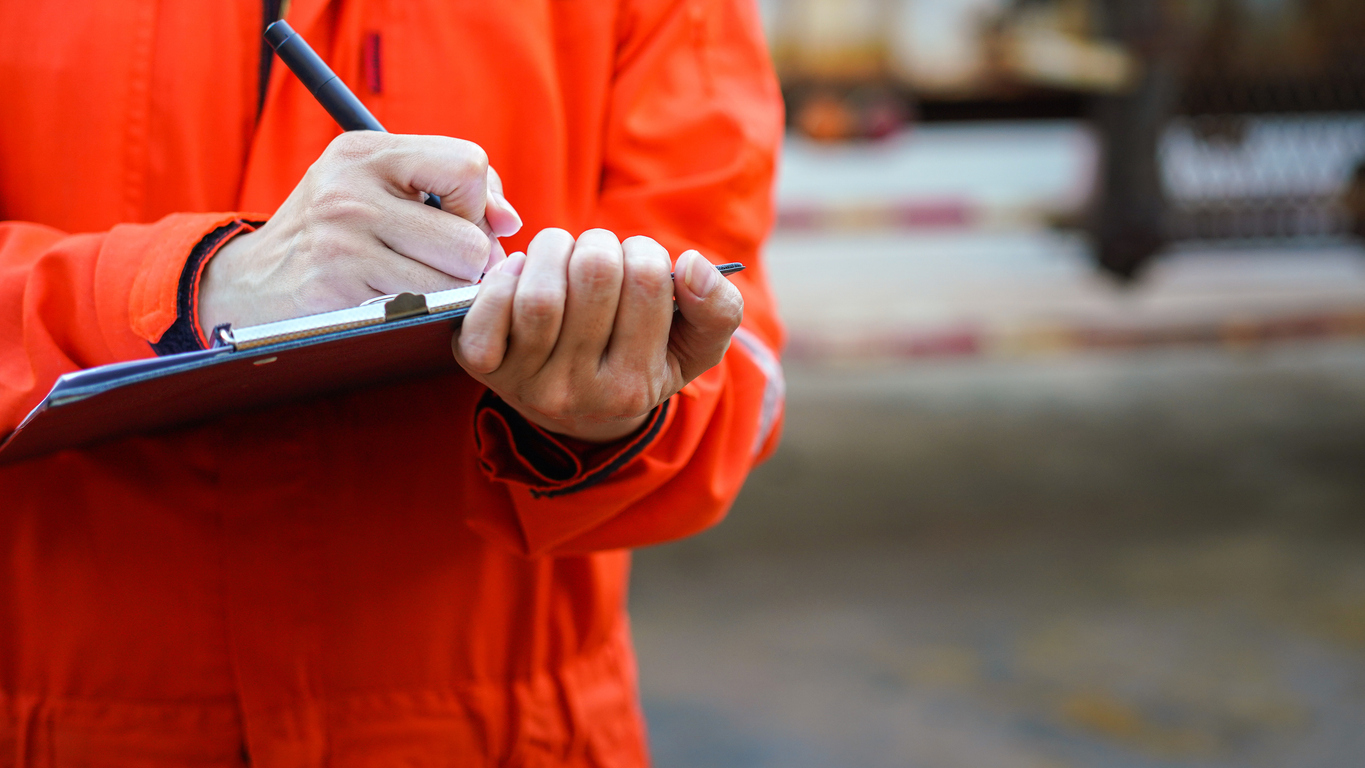The Francis Scott Key Bridge collapse may eventually cause over $3 billion of damage. On Monday, the owner and operator filed a federal lawsuit to limit their liability to approximately $43 million. 1 They are relying upon The Limitation of Shipowners’ Liability Act, an old maritime law that Congress passed 173 years ago.
On Tuesday, I received a call from LIVENow from FOX asking if I could help explain this law and comment on the ramifications of the bridge collapse. I am writing this post to help those interested understand this maritime law more than what I could say in a few minutes on television.
The Limitation of Shipowners’ Liability Act of 1851 allows the owner of a vessel to be exonerated from liability or have liability limited for any damages arising from accidents involving the owner’s vessels that occur in navigable waters. The Act was passed by Congress to protect the maritime shipping industry. At the time, shipowners were subject to loss from events beyond their control, such as storms and pirates. The Act was designed to limit the shipowners’ liability to the value of the vessel. Without it, American shipping was “at a competitive disadvantage” compared to other maritime countries where similar limitations applied.
This law allows the vessel owner to limit its risk — with regard to all claims arising out of the conduct of the master and crew — to the owner’s financial interest in the ship. The Limitation of Shipowners’ Liability Act is meant to protect shipowners in those cases in which the losses claimed exceed the value of the vessel and freight. The Act focuses on specific actions and unseaworthy conditions that actually caused or contributed to the accident. The Act limits liability unless the owner has so-called “privity or knowledge” of the specific act causing the accident — that is, participation in the fault.
The phrase “privity or knowledge” is a term of art meaning complicity in the fault that caused the accident. Thus, if the owner’s negligent act caused the alleged injury, all of the requirements of “privity” are satisfied.
Obviously, maritime cases with massive damages often center on this “privity or knowledge” issue. Privity generally means some personal participation of the owner in the fault or negligence that caused or contributed to the loss or injury. To obtain exoneration, the owner must be shown to have been free from any contributory fault. The owner’s duty is essentially satisfied by properly equipping the vessel and selecting a competent crew to operate it. Cases will generally hold that if a shipowner exercises due diligence to make the vessel in all respects seaworthy and properly manned, equipped, and supplied, neither the vessel nor her owner or owners are responsible for damage or loss resulting from faults or errors in navigation or in the management of the vessel. 2 Thus, a captain’s negligence or navigational errors are not within the vessel owner’s knowledge or privity if the vessel’s owner has selected a competent captain.
An example of this is a case where the owner of a fishing vessel collided with an oil platform. The owner was found not to have privity or knowledge of the vessel captain’s negligent navigational error or failure to maintain a lookout or use his radar. Thus, limitation of the owner’s liability was warranted. Although the owner did not do everything within its power to ensure that the captain knew the full capabilities of the vessel’s radar, nor did it have a protocol in place dictating when features such as the anti-collision alarm were to be used, the captain had a spotless record in his 20 years of working the fishery as a pilot and captain. The alleged defective navigational aids played no role in the collision. 3
An example of the opposite involved the liability for the death of a motorist who was killed by an intoxicated driver who had consumed alcohol on a vessel during a snorkeling cruise. The court noted that the vessel’s “all you can drink” cruise violated the county liquor ordinance by offering unlimited alcohol at a fixed price, which constituted negligence per se. The court further noted the following evidence tending to show the owner and operator had knowledge of the acts giving rise to the negligent cause of death:
Strahn is the Secretary and Treasurer for 3090, Inc. Bob Chambers, 3090, Inc.’s President, delegated authority to Strahn to run the operations of the Alii Nui. Strahn knew that an ‘all you can drink’ cruise package was sold, offered and served on the Alii Nui. Strahn testified that he traveled on a cruise on the Alii Nui before Maui Dive Shop purchased 3090, Inc. where he observed the conduct and practices of the Alii Nui crew. These practices and conduct were not changed once Maui Dive Shop purchased 3090, Inc. and the Alii Nui. This conduct included the service of unlimited alcohol per passenger request.
Dennis is a manager of 3090, Inc. and the captain of the Alii Nui. Strahn delegated management authority to Dennis for the day-to-day operations of the Alii Nui. Dennis knew that an ‘all you can drink’ cruise package was sold, offered, and served on the Alii Nui. Dennis captained the Alii Nui on February 13, 2004 and served alcohol to the passengers, including Sabatino. Without a response to consider from the Limitation Plaintiff, the foregoing facts are sufficient to support a finding that 3090, Inc. had privity and knowledge of the negligent conduct. 4
These cases turn on first proving negligence of the crew and operator. Then, the vessel owner’s contention that it had no privity or knowledge of the misconduct that supports. Accordingly, the current investigation by the National Transportation Safety Board and any inquiry by the United States Coast Guard about the accident are going to be extraordinarily important.
If it is anything like the investigation we did in the Champlain Towers collapse, which I noted in Champlain Towers Catastrophe Reaches $997M In Settlements and The Champlain Towers Collapse Catastrophe and Purchasing the Right Insurance, every fact and person having anything to do with the maintenance and operation of the ship will be closely investigated. The Dali was built relatively recently in 2015. I am certain that all logs of events, documents, and acts from the time of its manufacture and design that could have led to this tragedy will be critically reviewed.
One last point: This law applies not only to large ships but also to all seagoing vessels — even a “wave runner.” The owner of the wave runner petitioned under the Limitation of Liability Act for exoneration from, or limitation of, liability. The injuries resulted from an accident in which an individual standing near the shore was struck by an inner tube carrying the owner that the wave runner was towing. While the court held that the owner was not immune, it was clear that a “wave runner” is a vessel that could potentially invoke this maritime law. This is despite the fact that the “wave runner” had nothing to do with the original reason for the law’s enactment, which was the protection of American commercial shipping. 5
Update: Since I made this appearance, I contributed to a Baltimore Sun article about the $350 million payout from Chubb. New Key Bridge estimated to be completed by fall 2028, cost up to $1.9B, officials say – Baltimore Sun
Two Thoughts For The Day
For every moment the sea is peace and relief, there is another when it shivers and stirs to become chaos. It’s just as ready to claim as it is to offer.
—Tim Winton
Ocean racing is inherently dangerous. Intellectually, you know it is. But until you’ve been tested, you won’t get a real feel for just how much can quickly go wrong. You also won’t get a feel for why we do this. The combination of the adrenaline rush, the camaraderie, and the sheer power of a racing machine out at full tilt on the high seas is nothing like you’ll ever experience anywhere else.
— ‘Mavericks & Merlins: Sailors and Renegades Leave Shore, What About You?’ by Chip Merlin
1 Grace Ocean Private Ltd. v. Synergy Marine PTE Ltd., No. 1:24-cv-00941 (Dist. Md. [Petition filed Apr. 1, 2024]).
2 U.S. v. Atlantic Mut. Ins. Co., 343 U.S. 236, 72 S. Ct. 666, 96 L. Ed. 907 (1952).
3 In re Omega Protein, Inc., 548 F.3d 361 (5th Cir. 2008).
4 White v. Sabatino, 415 F. Supp. 2d 1163, 1165 (D. Haw. 2006).
5 In re Complaint of Messina, 574 F.3d 119 (2d Cir. 2009).




